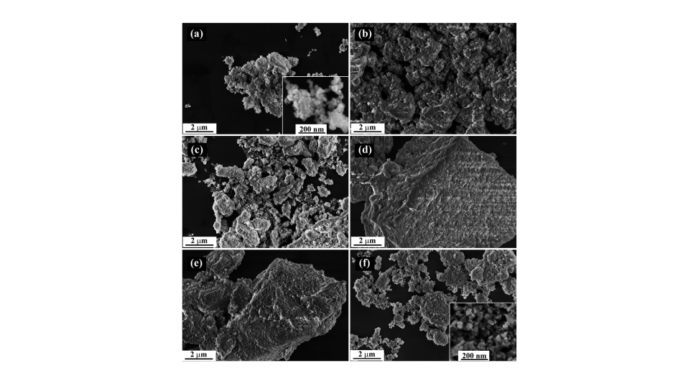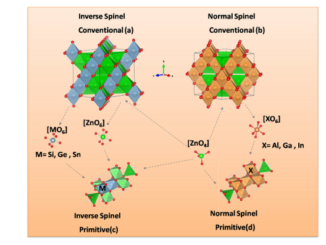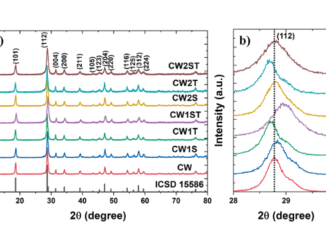
Influence of microwave-assisted hydrothermal treatment time on the crystallinity, morphology and optical properties of ZnWO4 nanoparticles: Photocatalytic activity
Abstract: In this work, zinc tungstate (ZnWO4) nanoparticles were obtained by microwave-assisted hydrothermal method at 140 °C and 2 atm. The hydrothermal treatment time was varied at 0, 5, 10, 30, 60 and 120 min. The nanoparticles were characterized by X-ray diffraction (XRD), Fourier transform infrared spectroscopy (FTIR), scanning electron microscopy (SEM), transmission electron microscope (TEM), high-resolution transmission electron microscope (HRTEM), X-ray fluorescence (FRX), nitrogen adsorption by Brunauer-Emmett-Teller method (BET), UV–Visible spectroscopy (UV–Vis) and Photoluminescence (PL) properties. The adsorptive and photocatalytic properties were estimated against methylene blue (MB – cationic) and methyl orange (MO – anionic) dyes. The diffractograms show that the larger hydrothermal treatment time, anhigher the powders crystallinity. The BET and SEM analysis indicate that the increase in hydrothermal time does not interfere significantly in nanoparticles size but reduces their porosity. The change in the surface area is consistent with the adsorption tests, where the increase of the hydrothermal treatment time reduces the adsorption against the MB and MO dyes. However, increasing the hydrothermal treatment time provides an increase in photocatalytic activity.
Author(s): Neto, N. F. A.; Nunes, T. B. O.; Li, M.; Longo, E.; Bomio, M. R. D.; Motta, F. V.
Ceramics International
Published: 1 February 2020, Volume: 46, Pages: 1766-1774




